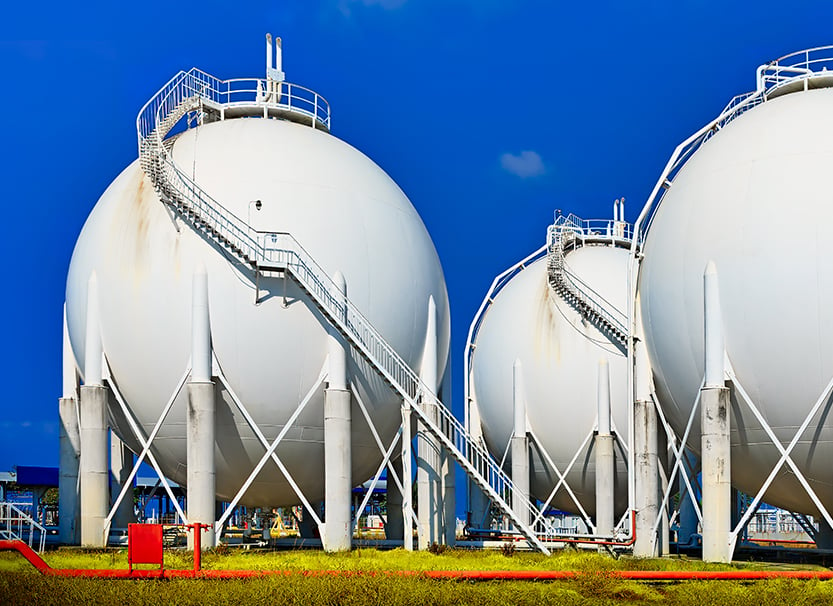
EPA Proposes Granting Louisiana Primacy Over Carbon Sequestration Well Program

The U.S. Environmental Protection Agency (EPA) proposed to approve Louisiana’s request for control over the permitting of carbon sequestration wells in the state. EPA’s approval would provide Louisiana authority under the Safe Drinking Water Act (SDWA) Underground Injection Control (UIC) program to administer a “Class VI” injection well program for the geologic sequestration of carbon dioxide, following similar such approvals for North Dakota and Wyoming. Stakeholders should take note of this proposed action because EPA approval of Louisiana’s program could advance carbon capture and sequestration (CCS) projects stymied by the backlog of permit applications pending before the EPA.
On April 28, 2023, EPA announced a proposal to approve Louisiana’s Class VI injection well program, which will be open to a 60-day public comment period following publication in the Federal Register. Under the SDWA, EPA is responsible for protecting underground sources of drinking water. This includes setting minimum federal requirements for state UIC programs that regulate six classes of wells for the injection of certain wastewater and other fluids, and carbon dioxide. A state may obtain “primacy” — primary enforcement responsibility — over UIC programs if it meets specific requirements, including demonstrating that state requirements are as stringent and protective of drinking water as EPA’s requirements. UIC program requirements apply throughout the lifetime of a permitted injection well from initial site characterization through operation, monitoring, and ultimately, site closure.
Louisiana submitted its request for primacy of Class VI wells in the second quarter of 2021. In the proposal, EPA concludes that Louisiana has the legal authority and Class VI program requirements and procedures to administer a sufficiently stringent program. EPA states that it “reviewed the application for completeness and performed a technical evaluation of the application materials” and “worked with the State of Louisiana to adopt … environmental justice approaches ….” This will include “requir[ing] well owners or operators to conduct an [environmental justice] review as part of the Class VI application process.” EPA’s approval would add Class VI wells to the state’s existing authority to administer programs for other types of injection wells, including Class II wells related to oil and gas production.
EPA’s proposed approval for Louisiana is a welcomed development for U.S. carbon capture projects and states interested in primacy. CCS project proponents should be aware of the following key points related to Class VI permitting:
- Only two states have Class VI primacy, but several states have moved toward requesting primacy over their Class VI well programs, such as Texas, West Virginia, and Arizona. State interest in the Class VI program has grown following the Infrastructure Investment and Jobs Act (IIJA), which provided EPA funding related to Class VI wells, included $50 million to assist states with Class VI primacy programs. The Inflation Reduction Act (IRA) also included incentives in the form of increased tax credits under Section 45Q and U.S. Department of Energy grant funding for CCS projects.
- However, Class VI well approvals have trailed expectations. To date, EPA has approved only two Class VI wells — both for the same project and under the Obama administration. For projects in Louisiana, applications for nearly two dozen Class VI wells are pending EPA approval. Staffing challenges are among several reasons for EPA’s delay. Thus, as a practical matter, more states obtaining primacy of the program, such as Louisiana, could help to alleviate the backlog of Class VI permits pending at EPA.
- In addition, the two states that have primacy — North Dakota and Wyoming — appear to be processing Class VI permit applications on an accelerated track as compared to EPA. North Dakota has already approved one Class VI permit within one year, several years less than it took applicants to obtain approval for the two EPA-approved wells. Therefore, state primacy could accelerate Class VI well permit approvals, resulting in more carbon dioxide sequestration on a shorter timeline.
- It is uncertain at this point whether Louisiana projects applicants that have already submitted Class VI preconstruction applications to EPA will be required to resubmit their applications to the state authority if EPA grants primacy. EPA does not specify in the notice whether it will act on these applications.
Once published in the Federal Register, EPA will accept comments on its proposal to approve Louisiana’s application for Class VI primacy for 60 days. EPA has stated its intent to finalize the approval by the end of the year.
This post is as of the posting date stated above. Sidley Austin LLP assumes no duty to update this post or post about any subsequent developments having a bearing on this post.


